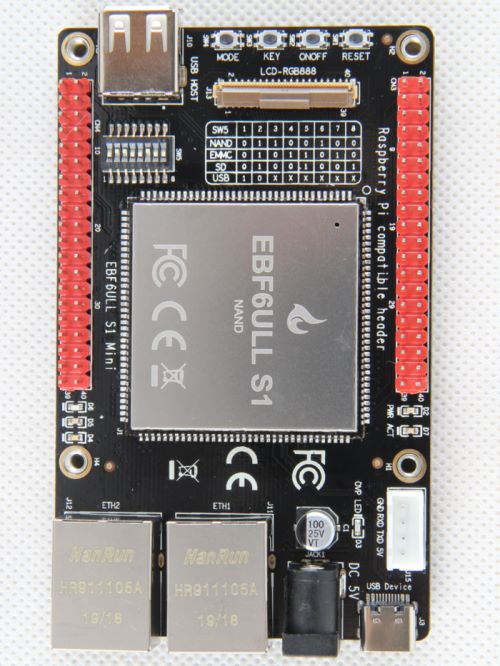Pinout!
The LubanCat GPIO pinout guide.
This GPIO Pinout is an interactive reference to the LubanCat GPIO pins, and a guide to the LubanCat's GPIO interfaces. Pinout also includes dozens of pinouts for LubanCat add-on boards, HATs and pHATs.
Support Pinout.xyz
If you love Pinout, please help me fund new features and improvements:
- via GitHub at GitHub.com/sponsors/gadgetoid
- via Patreon at Patreon.com/gadgetoid
Every $1 makes all the difference! Thank you.
pHAT Stack
Pinout has teamed up with Pimoroni to create a prototype board compatibility tool, check it out here!
Explore HATs & pHATs
Check out Pinout's board explorer! Use it to find the pinout for your LubanCat add-on board, or discover new boards. If you manufacture boards, we'd love to add yours too. You can contribute to Pinout.xyz at GitHub.com.
What do these numbers mean?
- GPIO - General Purpose Input/Output, aka "BCM" or "Broadcom". These are the big numbers, e.g. "GPIO 22". You'll use these with RPi.GPIO and GPIO Zero.
- Physical - or "Board" correspond to the pin's physical location on the header. These are the small numbers next to the header, e.g. "Physical Pin 15".
- libgpiod - for Gordon Henderson's Wiring Pi library. These are shown as a tooltip when you mouseover a pin.
- Rev 1 Pi - alternate GPIO/BCM numbers for the original, 26-pin model "A" and "B" Pi.
What's the orientation of this pinout?
Pinout depicts pin 1 in the top left corner. Pin 1 is the only pin with a square solder pad, which may only be visible from the underside of your Pi. If you orient your Pi such that you are looking at the top with the GPIO on the right and HDMI port(s) on the left, your orientation will match Pinout.
Graphical Pinout
We've whipped up a simple graphical LubanCat GPIO Pinout. Feel free to print, embed, share or hotlink this image and don't forget to credit us!

 LubanCat IoT N6 Pinout
LubanCat IoT N6 Pinout

